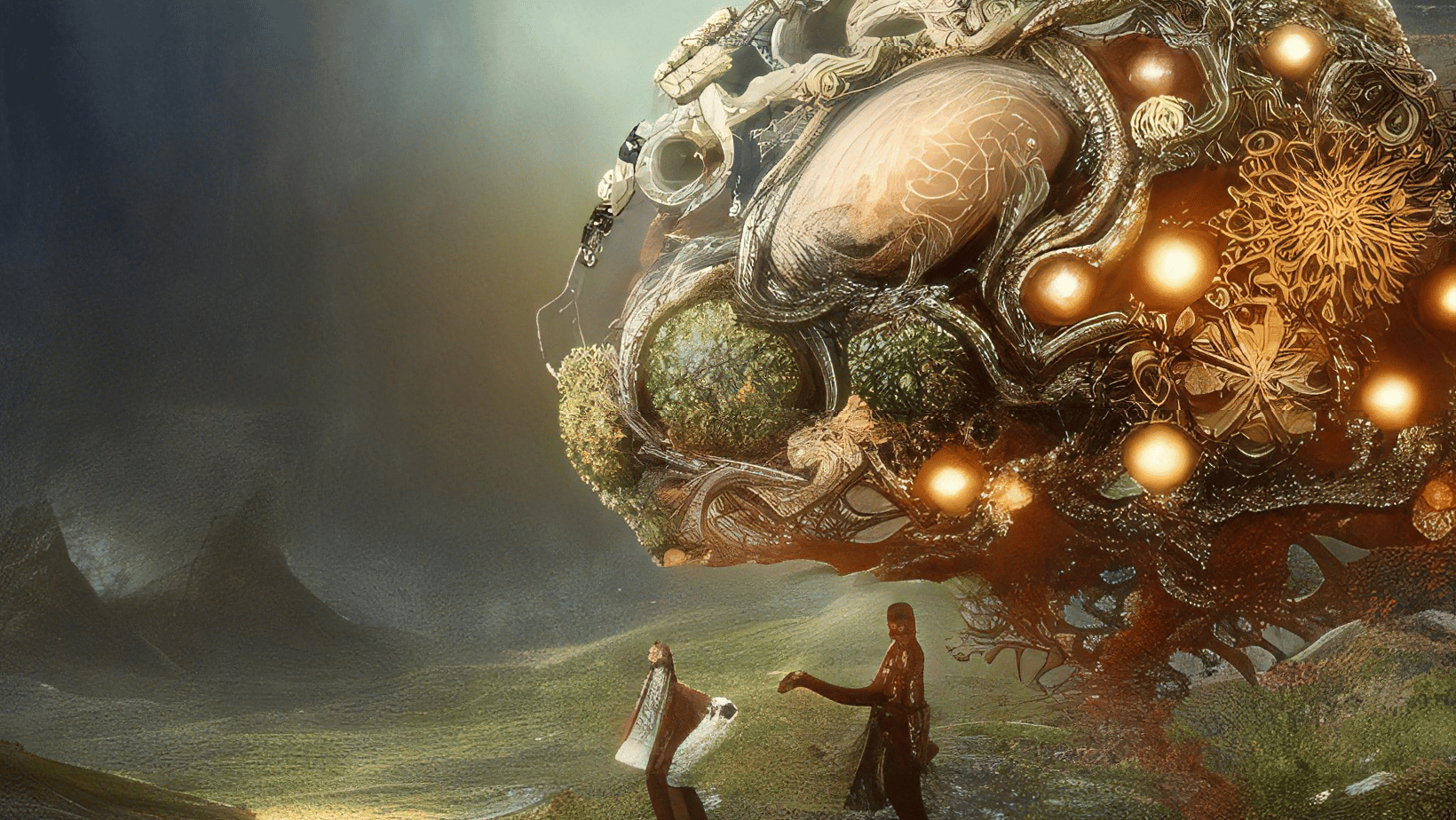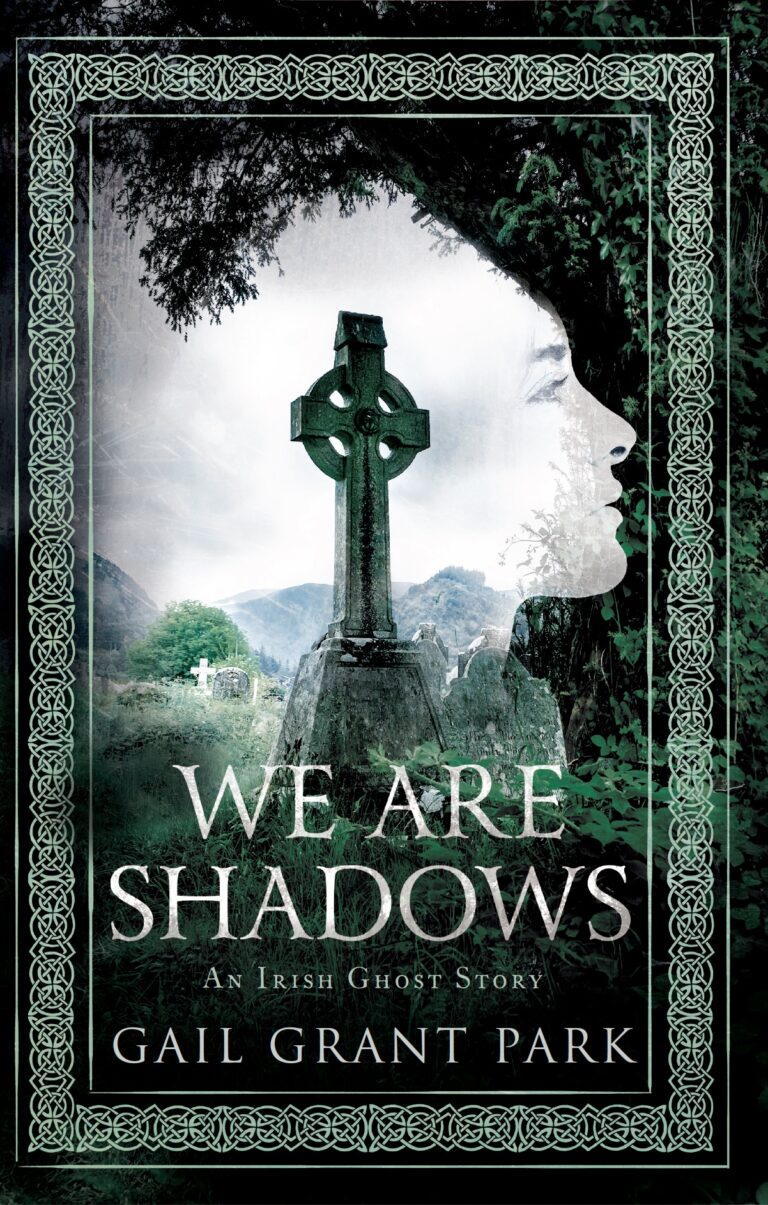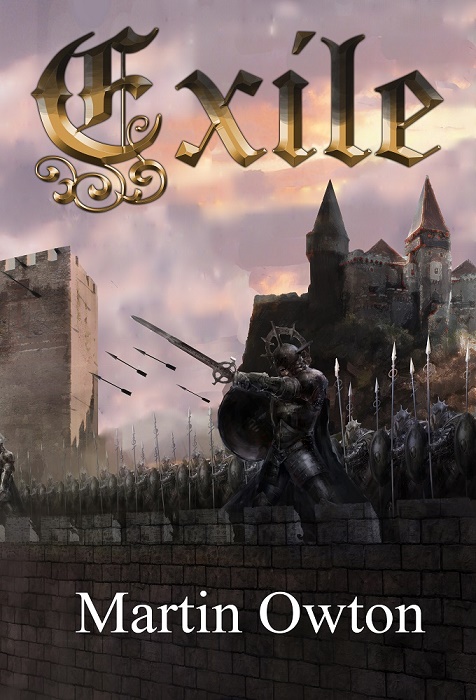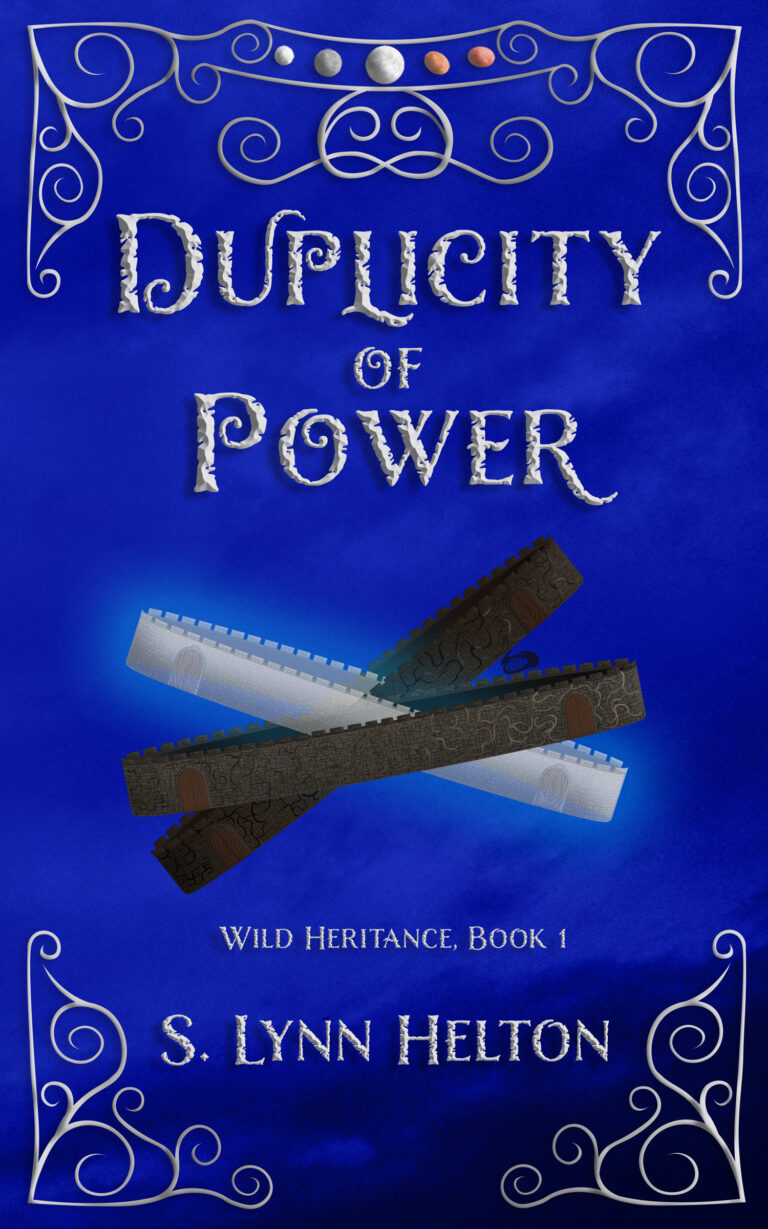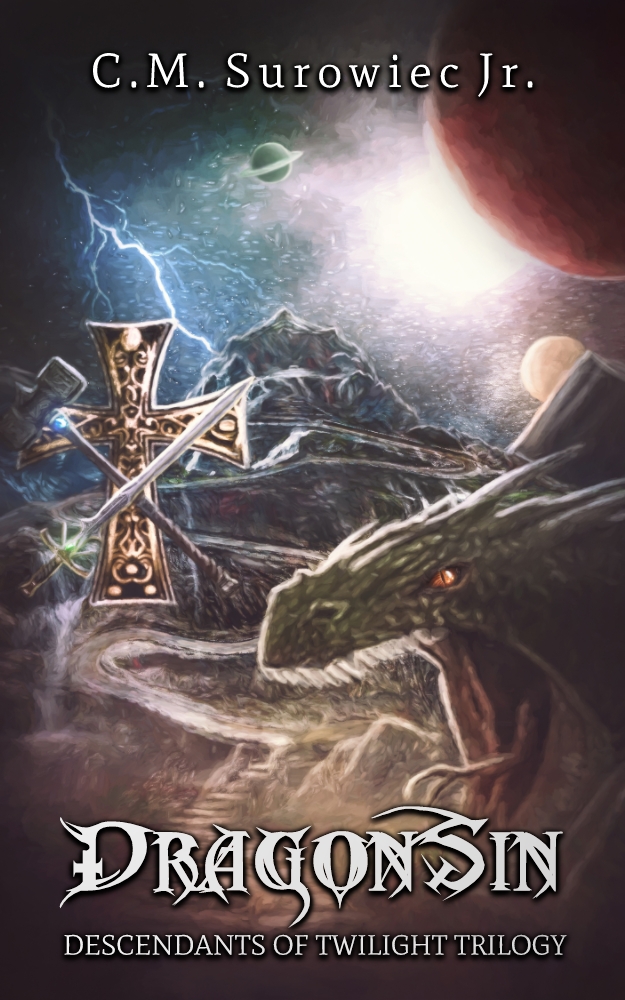Writers often devote countless hours to plotting intricate storylines, developing complex characters, and building immersive worlds. These are the pillars of good storytelling – but there’s another crucial element that’s frequently overlooked: understanding the psychology of your readers. Writing isn’t just about what you create on the page – it’s about how your audience experiences, processes, and remembers it.
1. The Brain Craves Patterns
Humans are wired to seek patterns. Our brains instinctively recognize repetition, symmetry, and familiar narrative arcs. This is why tropes and archetypes, when used thoughtfully, feel so satisfying.
Take the “hero’s journey,” for instance – a structure that echoes across myths and cultures. Readers don’t consciously search for this pattern, but when stories follow it, they often feel right. Themes like redemption, transformation, and justice resonate because they tap into deeply rooted psychological expectations.
Author Tip: Leverage familiar narrative patterns to enhance emotional impact. You can break the rules – but understand them first. And take a look at Common Clichés in Writing Across Various Genres & Tips on How to Avoid Them for more insight and tips!
2. Emotion Drives Memory
Neuroscience tells us that emotional experiences are more memorable. For writers, this is a powerful tool: if you make your readers feel, you’ll make them remember.
This doesn’t mean every scene needs high drama. Subtle emotions – longing, unease, wonder – can be just as effective as heartbreak or triumph. Think back to your favorite novels. Chances are, what stuck with you wasn’t just a plot twist, but a moment that stirred something inside you.
Author Tip: Prioritize emotional authenticity. When a scene rings emotionally true, it stays with the reader.
3. Manage Cognitive Load with Pacing
Cognitive load refers to the mental effort required to process information. In fiction, overloading readers with dense exposition, unfamiliar terminology, or too many new characters at once can cause disengagement.
That’s where pacing comes in. It’s not just about speeding up or slowing down – it’s about controlling how much new information readers absorb at a time. They need space to process and breathe.
Author Tip: Be intentional with exposition. Break up dense sections with action, dialogue, or sensory detail to keep readers engaged.
4. Activate Mirror Neurons Through Immersion
Mirror neurons are brain cells that fire both when we perform an action and when we observe someone else doing it. In storytelling, this means readers can experience your characters’ actions and emotions almost as if they were their own.
This is why vivid sensory language and internal monologue are so effective. They don’t just describe a character’s world – they immerse the reader in it.
Author Tip: Don’t just describe events – invite readers to feel them. Let them hear the crack of thunder, taste the bitterness of regret, or flinch at a sudden betrayal.
5. Empathy and Identity Shape Interpretation
Readers bring their own values, experiences, and identities to every story. As they read, they interpret characters and themes through their personal lens. In this way, storytelling becomes a collaboration between writer and reader.
This is why authentic representation and multidimensional characters matter – not for the sake of checking a box, but to reflect the complexity of the human experience and foster deeper empathy.
Author Tip: Respect your audience’s intelligence and emotional depth. Write characters who feel real – not as symbols, but as people.
Final Thoughts
Understanding the psychology of your readers isn’t about manipulating them – it’s about deepening your connection. The best stories don’t just entertain; they engage the mind, stir the heart, and linger long after the final page.
So, the next time you sit down to write, don’t just ask, “What happens next?”
Ask, “How will this make the reader feel – and why will they care?”
What’s one book that made you feel something deeply – and why do you think it stuck with you? Follow us on Facebook and Instagram for more insights, and share your stories in the comments!

